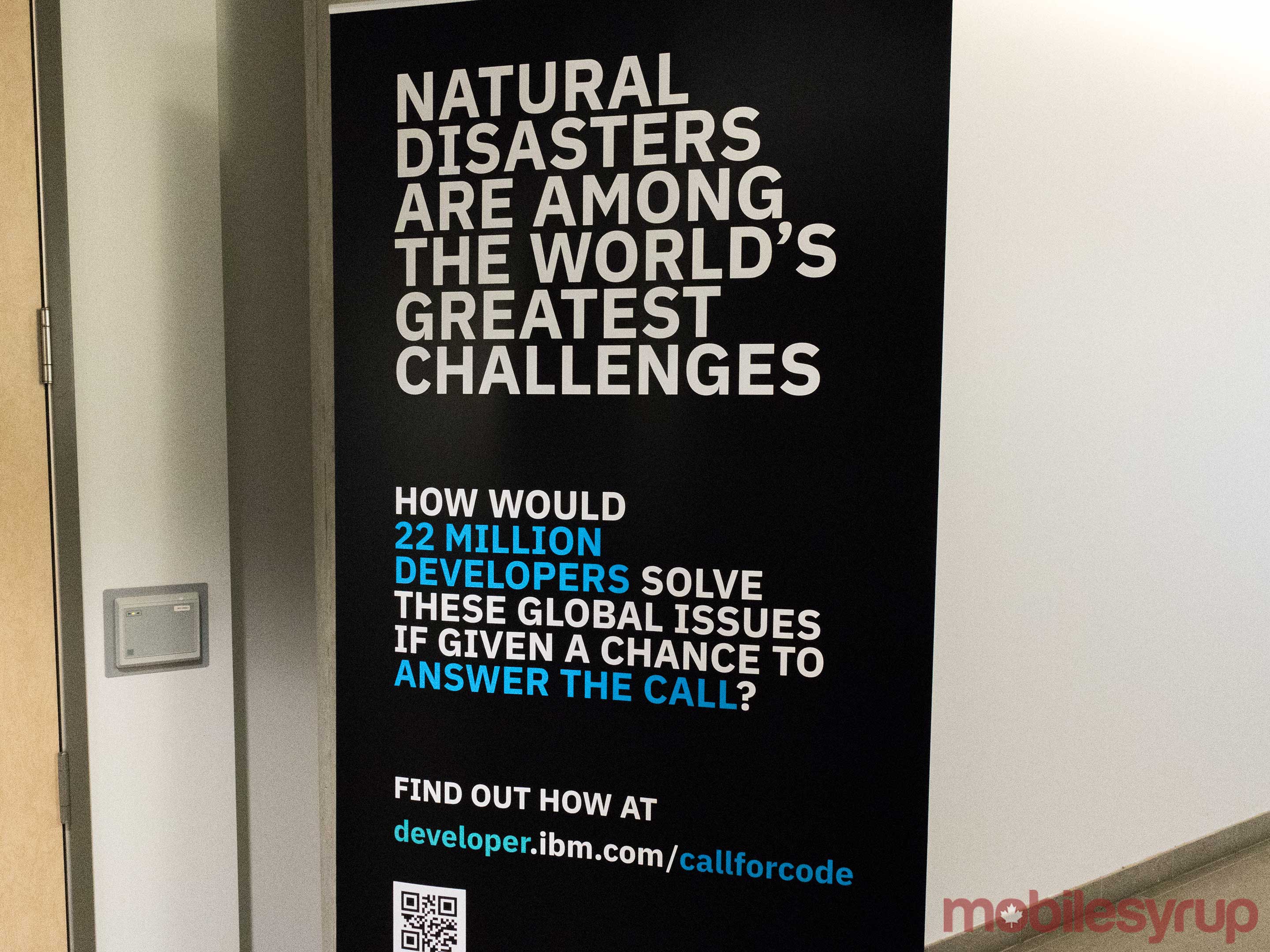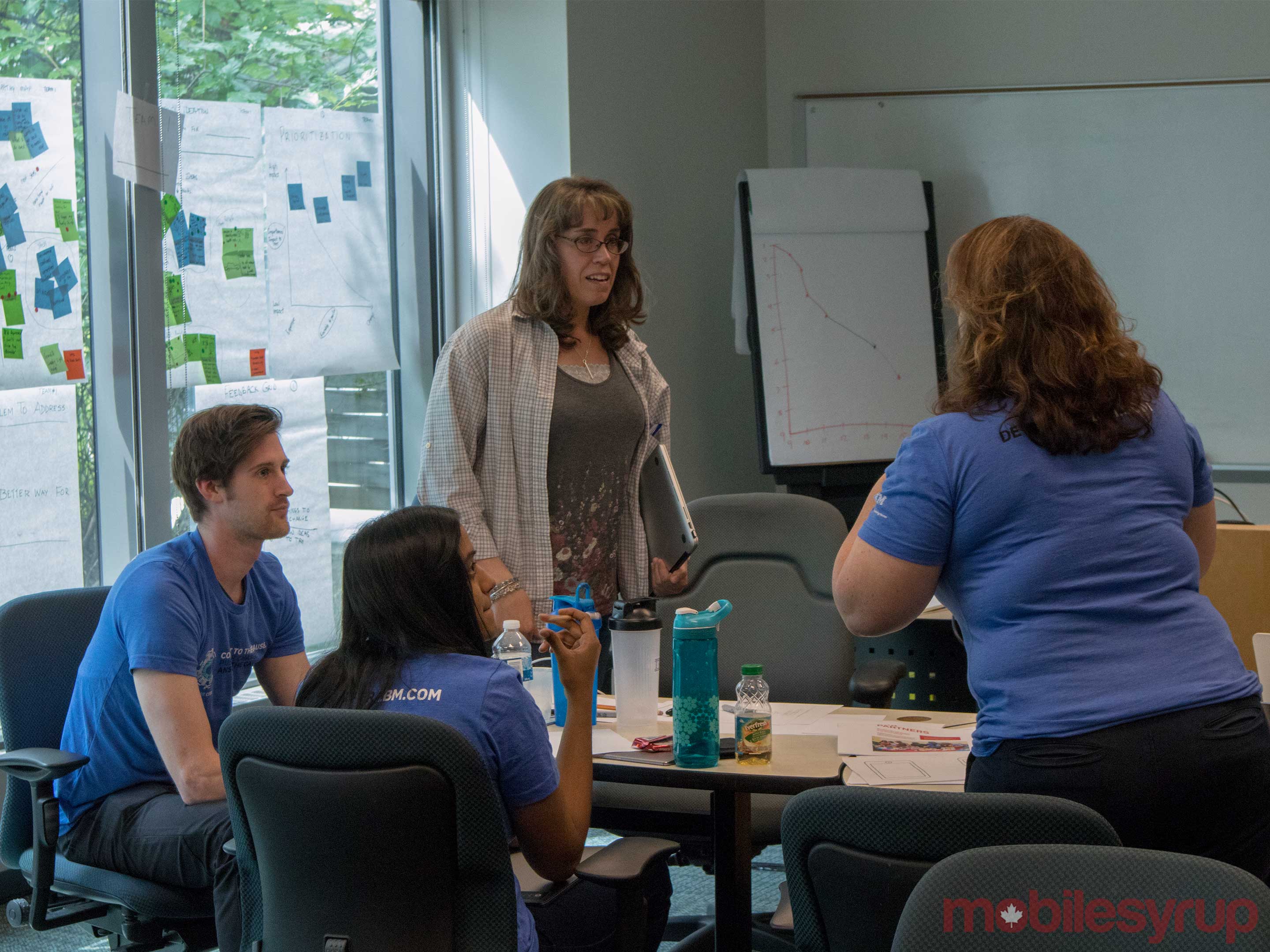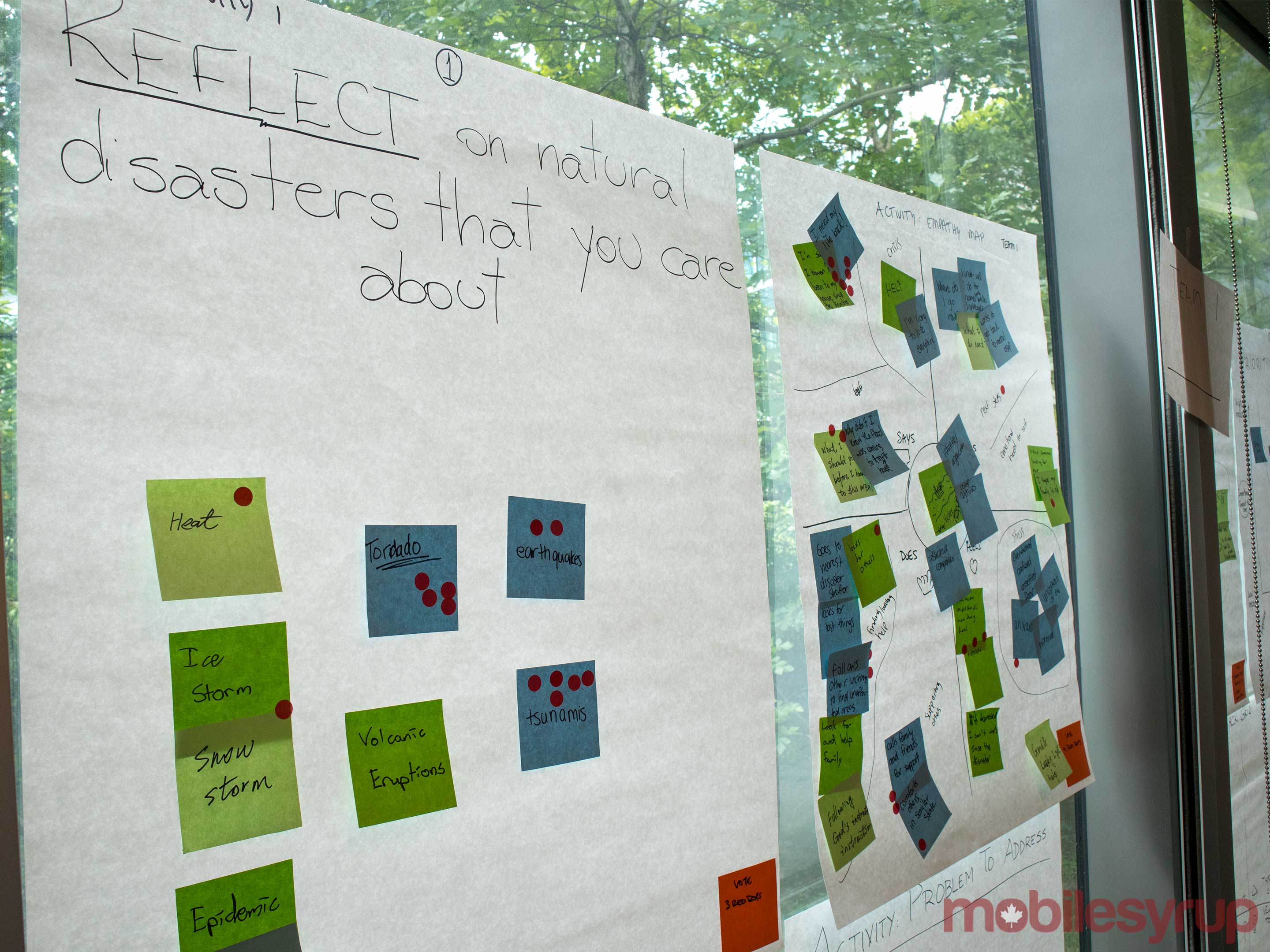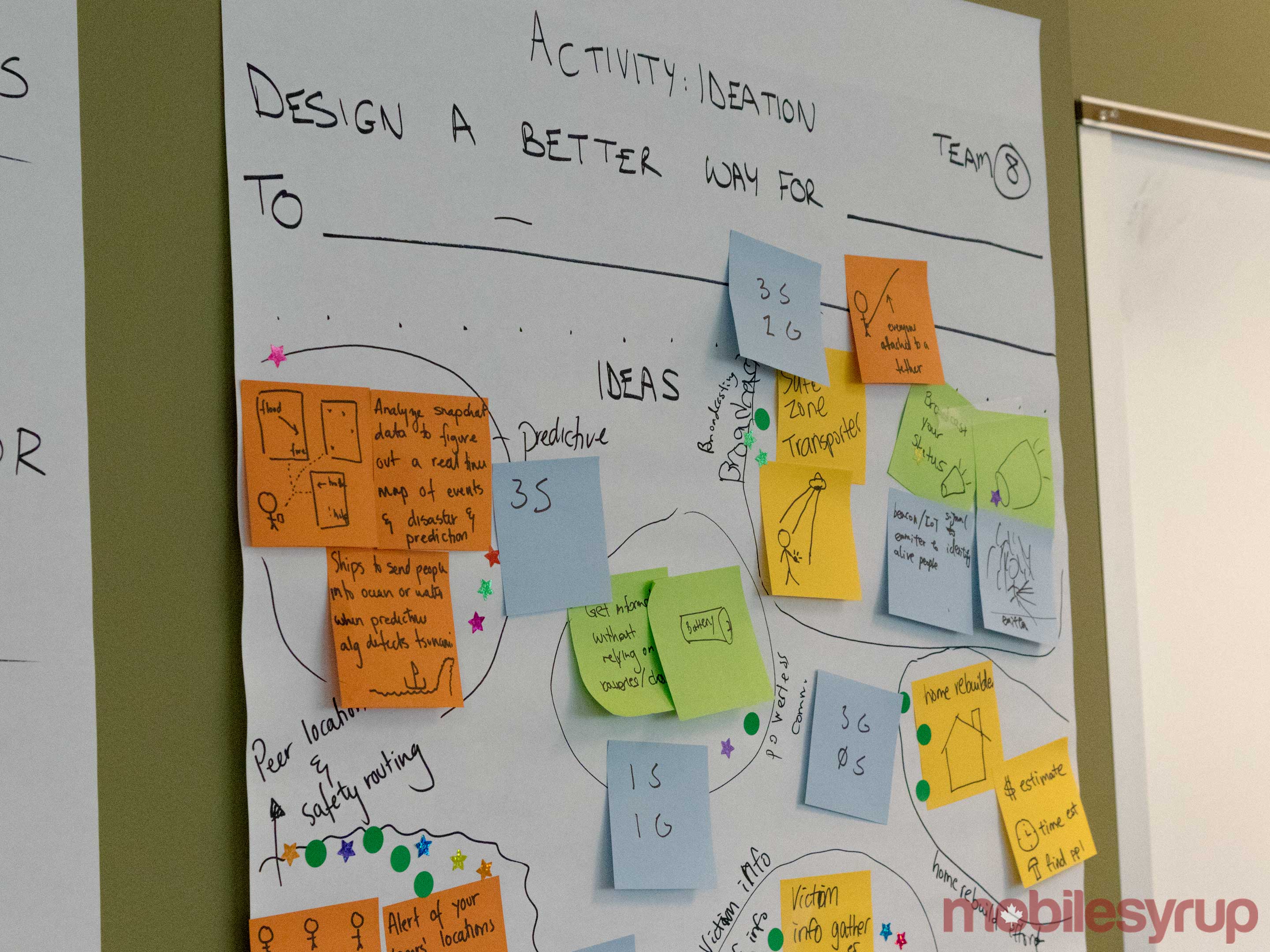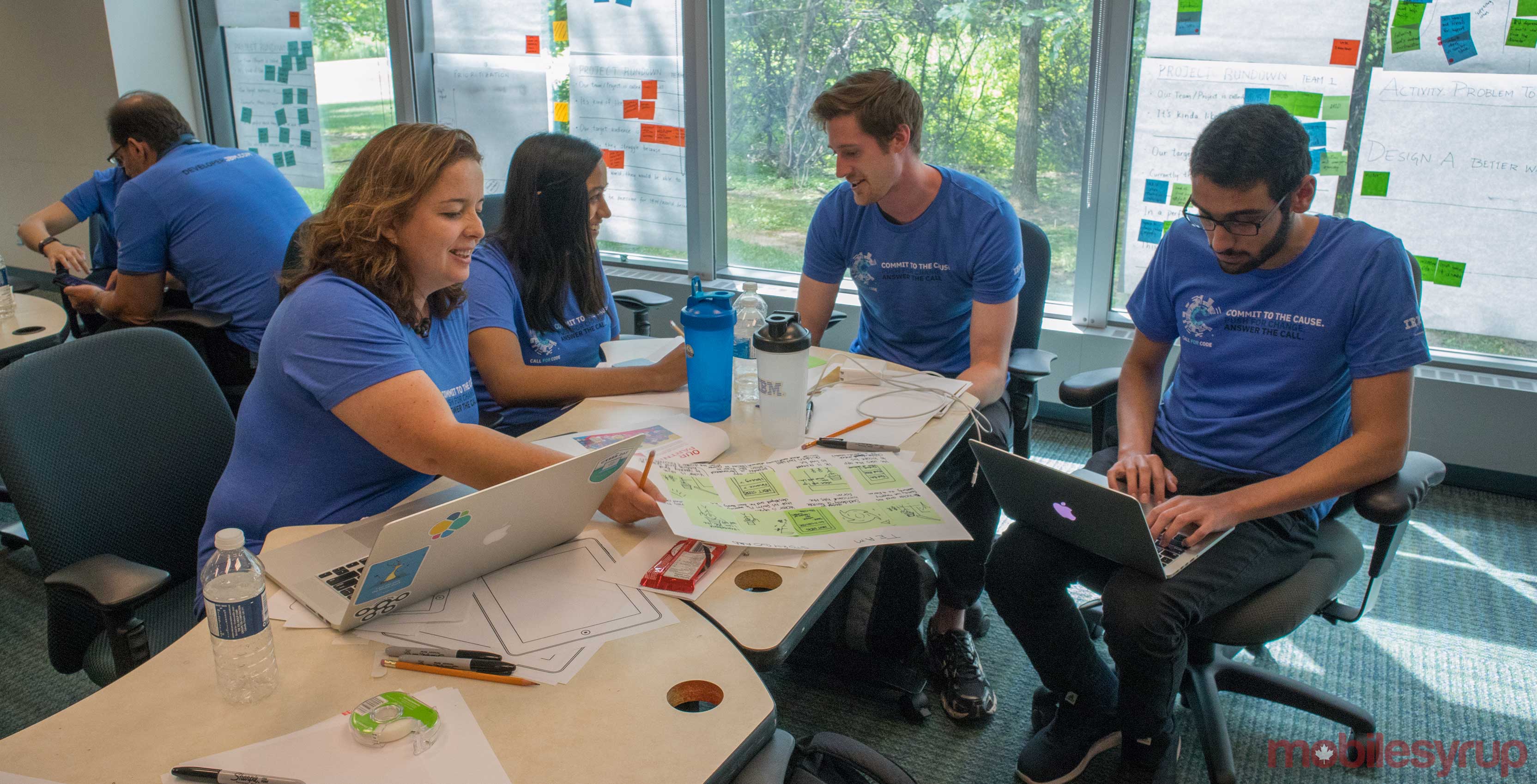
Stephanie Hazlewood knew it was going to be an exciting day when she walked into work on July 12th. It was time for her team to start its Call For Code project.
Call For Code is an initiative created by David Clark Cause (DDC), a purpose driven consulting firm led by entrepreneur David Clark, and IBM. The initiative aims to create a space where software developers can create apps and services that do social good.
The DCC is an organization that positions itself alongside brands and governments to help create purpose driven initiatives and intellectual property.
Hazlewood is a senior technical staff member at IBM Canada. Her team at Call For Code consists of four other IBM employees.
In 2018, CFC is asking developers to create a software tool that will help prevent natural disasters or provide aid during and after them. This could range from software that identifies people stranded on the roofs of flooded houses, or an app that links together a network of outdoor cameras to scan for the first signs of wildfire.
There are two sides to the Call For Code initiative: an external outreach that IBM and its partners are supporting with $30 million USD over the next five years, and an internal effort comprised of IBM employees that’s separate from the initial investment.
The IBM Canada lab held an event to kick off its CFC day on July 12th. Seventy-five staff members buckled down and entered the internal Call For code for their shot at making their software idea into a reality.
The program has been ongoing since June 18th, 2018, but July 12th was the first day IBM Canada employees got time during their work day to start their projects.
Around 70 employees from IBM Canada are part of the initiative. With the time they have to work on their ideas, the groups brainstormed a goal, as well as a plan to achieve it.
“It’s super cool. I mean, I have to say, I’ve been part of many hackathons, but this one is special because it’s not every day you get to pick a cause and say we have the skills to do something here to make the world a better place,” said Hazlewood.
“Things like how we can use visual recognition and machine learning algorithms to understand damage, as an example,” she added.
“We could reach for other technologies around tone analysis, and those kinds of things so that we can understand the state of crisis that someone might be in based on the way or methods in which they’re communicating.”
Each team at IBM Canada has until August 31st, 2018 to build and present their demo.
IBM is supporting the developers taking part in the initiative by letting them use some of its internal code base. The company is also including all of the historical and forecast data that’s been gathered by its Weather Company subsidiary.
Hazlewood decided to keep her team’s idea close to her chest, but says that her team has already started writing code for the project.
There’s a good reason for her secrecy.
The competition’s winners will get the opportunity to implement their idea with IBM’s Corporate Service Corps (CSC) in the area where it’s most needed.
The CSC is an arm of IBM that launched in 2008. The program aims to do good in the world by partnering with local governments and other community leaders to help them address high-priority issues like natural disasters and economic development.
While this prize isn’t as exciting as the external competition’s grand prize, it’s still worth winning.
The winner of the external Call For Code competition will receive a $200,000 USD cash prize, long-term open source project support from the Linux Foundation, the chance to pitch the software to venture capitalists for a chance to turn the idea into a real company and an opportunity to deploy with the CSC.
To participate in the external Call for Code, developers have until August 31st, 2018 to submit a project.
From there, 30 semi-finalists will be chosen and the jury will narrow that group down to three teams. The winner will be selected in October 2018.
MobileSyrup may earn a commission from purchases made via our links, which helps fund the journalism we provide free on our website. These links do not influence our editorial content. Support us here.

